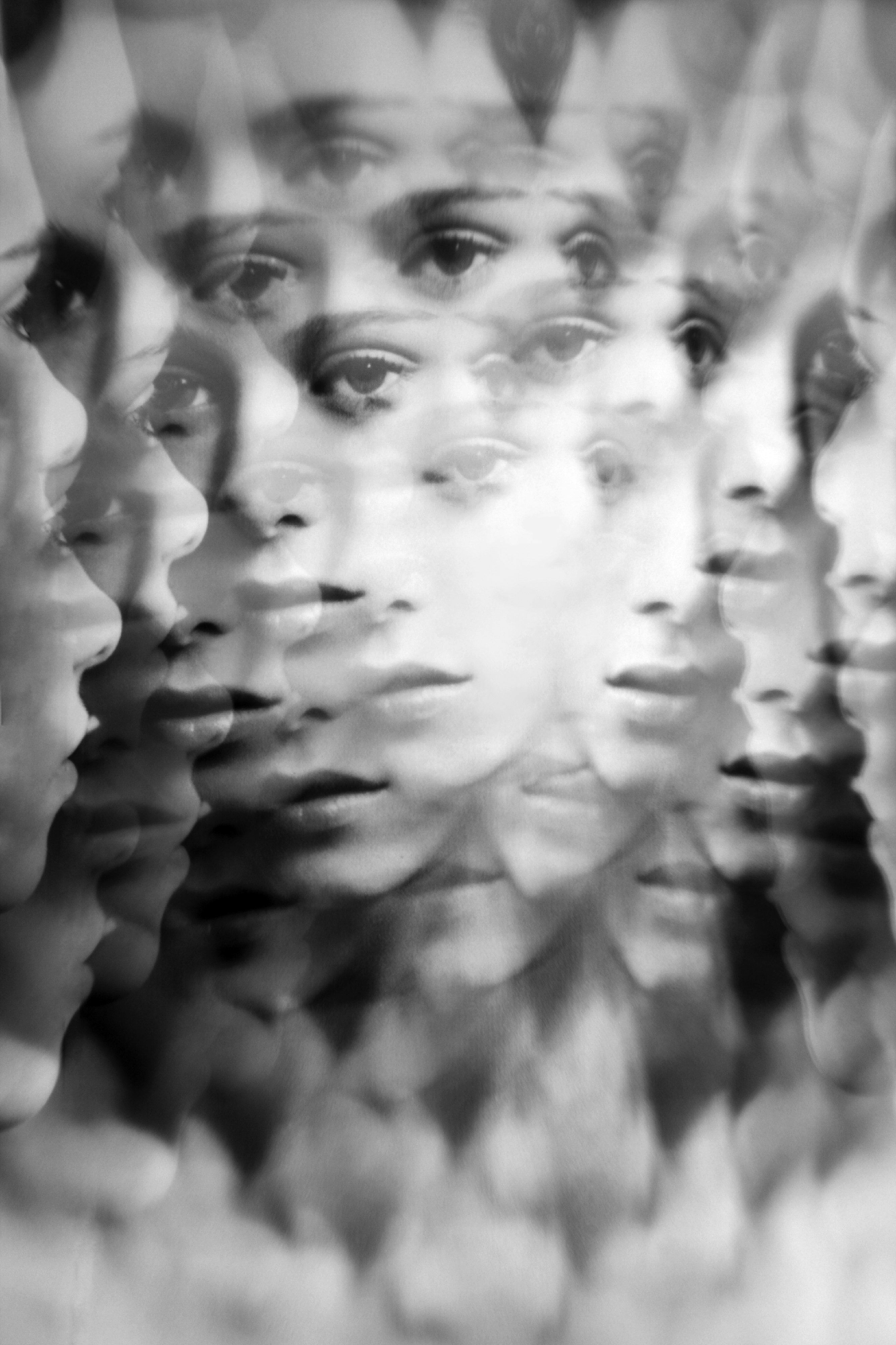
Many people have experienced dissociation — a feeling of disconnection from the self and the surrounding world — but few experience it to the degree that it disrupts daily life. Often tied to trauma, it is possible to successfully manage dissociative conditions. But some researchers say there’s a serious need for more research into diagnosis and treatment — and the dismantling of stigma.
Everyone experiences some degree of dissociation when they daydream, “space out,” or become completely absorbed in thought or activity, explains Michael Salter, a professor at the University of New South Wales who researches trauma, abuse, and dissociation. It can help us cope with stress; people who experience trauma often have some degree of dissociation during or following the event.
Pathological dissociation, meanwhile, is “uncontrollable and interferes with psychological function and daily life,” Salter explains. Among the four main types of pathological dissociation are what he describes as “processes of psychological escape to deaded fear and pain,” such as derealization (disconnection from the environment) and depersonalization (detachment from thoughts, feelings, and body.) Pathological dissociation is also linked to a complex, subjective set of internal symptoms, Lauren Lebois, an assistant professor of psychiatry at Harvard Medical School, says, and can include significant memory loss, out-of-body experiences, and emotional numbness.
These internalized and subtle symptoms are a stark contradiction to how dissociation is shown on screen and in the media. Dissociative identity disorder (DID), previously called multiple personality disorder, for example, has been the subject of movies and shows like Split, Moon Knight, and Mr. Robot. The assumption that experiences will mirror these fictional portrayals may also cause professionals to not recognize dissociative symptoms in some patients, Lebois says. She wants to change that.
What’s new — In a recent study published in the journal Neuropsychopharmacology, Lebois and her colleagues link certain dissociative symptoms to distinct brain signatures. Signs of increased and decreased activity in parts of the brain responsible for cognitive and emotional processes may demonstrate how dissociation disrupts brain networks — and ultimately lead to better treatment.
Symptoms of trauma-related, pathological dissociation are often missed altogether or misdiagnosed as signs of something else. Some research suggests people living with dissociative conditions spend on average between 5 and 12 years in treatment before receiving an accurate diagnosis. Brain-based measures of dissociation could help change that.
“Down the line, we may be able to monitor dissociative brain signatures during psychotherapy to help assess symptom recovery or relapse,” says Lebois, who is the paper’s first author (Salter was not involved in this research). “Or we could target brain activity directly with neurofeedback or neuromodulatory techniques as a dissociation treatment in and of itself.”
Lebois is also the director of the Dissociative Disorders and Trauma Research Program at McLean Hospital in Belmont, Massachusetts. These issues with diagnosis can partly be explained by a longstanding reluctance to acknowledge the prevalence and impact of childhood abuse and domestic violence, Lebois says.
“If we can’t acknowledge the events that cause something, it’s difficult to properly educate clinicians and the public about its ramifications,” she explains.
Stigmatization and misunderstanding have, in turn, stunted research and prevented people from accessing effective treatments.
Lebois and her team decided to focus their study on 91 women because this “group has been historically excluded from and underrepresented in clinical research,” she explains. Dissociation also disproportionately impacts women. Brain scans of these participants revealed the connectivity patterns associated with various dissociative symptoms.
Dissociation and diagnosis
While Oscar Isaac’s portrayal of the antihero Moonknight still looms large in the popular memory, dissociative identity disorder has made headlines elsewhere recently because of the increase in people discussing it on social media and self-diagnosing. More research is needed to understand if there really is a rise in incidences of the condition, but Salter says the evidence so far suggests this group includes “young people who have accurately self-diagnosed, young people with trauma and dissociation who don’t necessarily meet the DID threshold, and young people with neurodevelopmental and other conditions that they have misidentified as DID.”
Experts recommend individuals consult their care provider if they have questions about their mental health; these conversations can help determine the most helpful way forward. But critically, Salter says that “it is important that anyone who is presenting with self-diagnosis DID is taken seriously, treated with compassion, and that their reasons for self-diagnosis are carefully explored.”
Consequently, the work done by Lebois and other scientists to show they can objectively measure dissociation and link it to robust brain signatures could lead to improved diagnosis and care.
“I hope these results will encourage clinicians to screen for pathological dissociation and approach reports of these experiences seriously, empathically, and with an awareness that they can be treated effectively,” Lebois says.




!["[T]he First and Fifth Amendments Require ICE to Provide Information About the Whereabouts of a Detained Person"](https://images.inkl.com/s3/publisher/cover/212/reason-cover.png?w=600)


